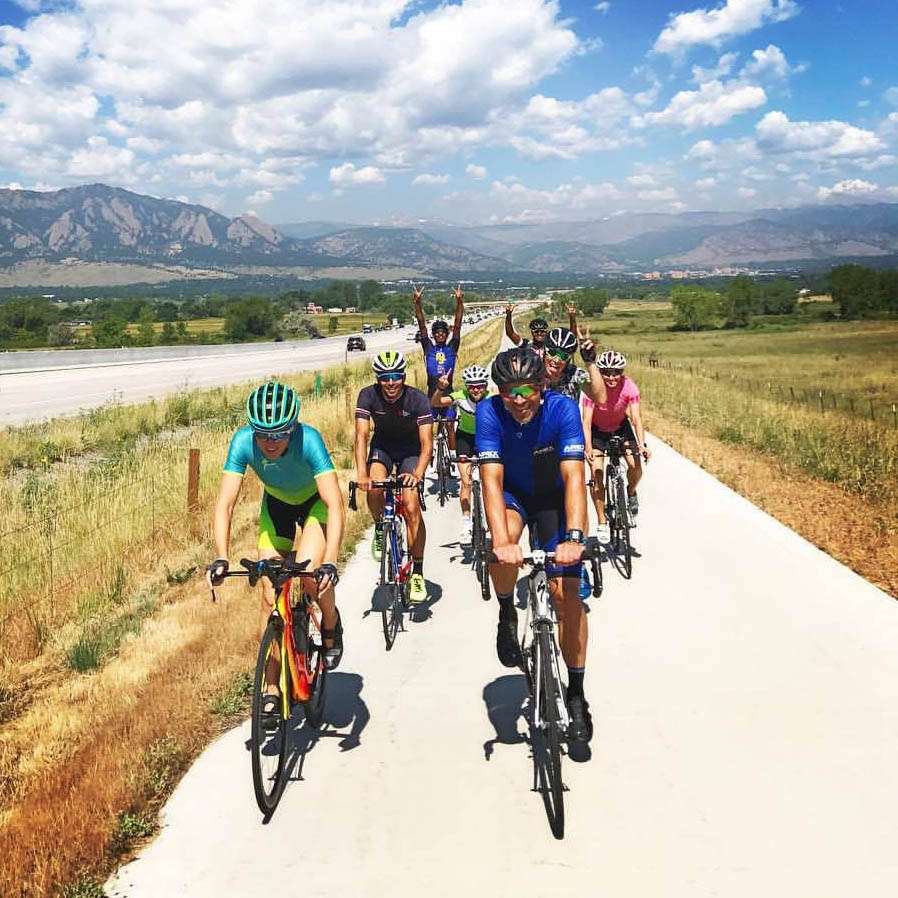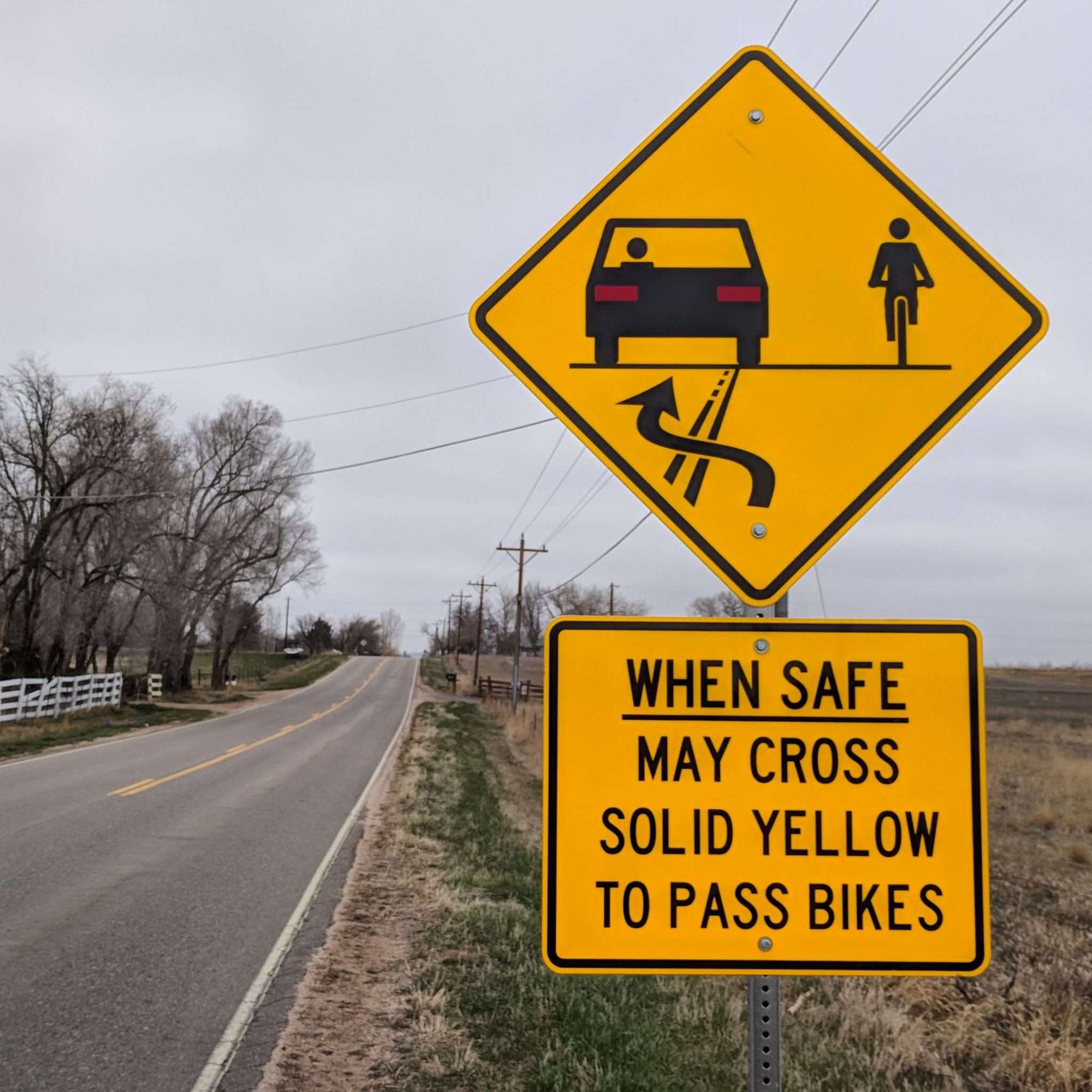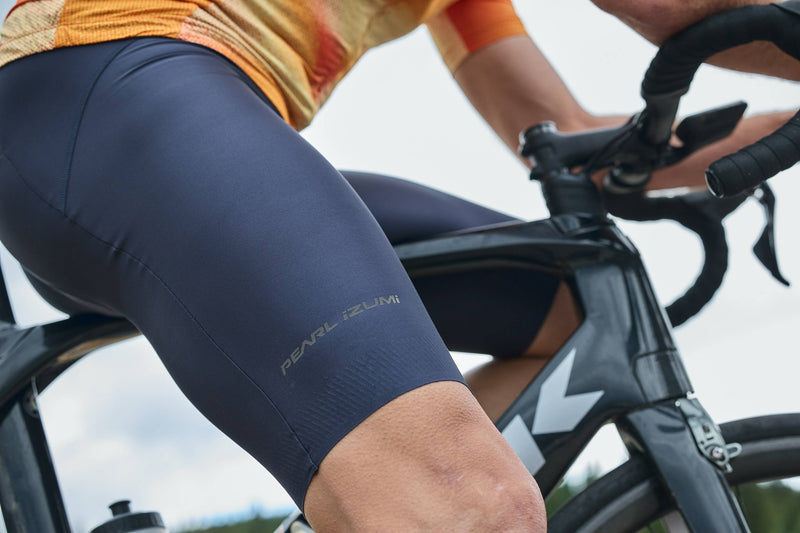Why Technology, Coaches and Athlete Support are More Important than Ever.
Another day, another report of a local cyclist being harassed, run off the road, injured, or even worse. Regrettably, this has become a new normal, and while the politics behind the issue rage on, athletes are unfortunately having to adjust to the current conditions. From professional endurance athletes that are putting their safety on the line every day, to potential new athletes that are choosing not to get into the sport because of the “safety issue,” this is too big to ignore.
I am not sure I have ever known a cyclist who has not been verbally or physically assaulted at one time or another. That’s pretty crazy to think about, isn’t it? Every single cyclist, male and female, that I’ve had the pleasure of knowing has dealt with this problem first-hand, yet things have not changed. Is this because of more cars on the road? More cyclists? Bad behavior? Less respect? I’m not sure, and like I said, I’m staying away from the politics of the issue. I was born and raised in rural Pennsylvania, and have been lucky to have the opportunity to ride on 5 continents and more states in the US than I can recall. What I’ve learned is that there is not one place that sits above all others in the cycling safety conversation. Yes, some places are more dangerous than others, but not one place is immune to this issue. I live in Boulder, CO, the so-called “Mecca” for cycling and triathlon, and even we are not immune to this problem.
The focus of this blog post is how to best deal with these current training conditions, assuming they are here to stay. More specifically, I am not going to dive into the politics behind the problem, nor I am I going to suggest a solution/measure, even though I have a long list of thoughtful ideas. My end point being – there are ways to have fun, get faster (win!), and stay safe while training – no matter where you reside.


Now is the Time to Embrace Training Technology
Just as our mobile phones get brighter, faster, and more sophisticated, our training tools have become more advanced than ever. For both indoor and outdoor riding, there are tools you can use to maintain or even elevate your training level while increasing your safety precautions. An ICEdot sensor attaches to your helmet and will detect a crash; if triggered the device will send a text message to your emergency contact(s). Garmin Varia warns cyclists of speeding cars coming from behind using radar technology. Solos displays info from your training device’s head unit inside of your sunglasses, acting as a heads-up display so you don’t need to look down. The list goes on and on. The advances in indoor training technology are arguably even more advanced with smart trainers, training software, recovery tools, and other tools. Software like Zwift and The Sufferfest have evolved into dynamic coaching tools that augment training and monitor progress for athletes of all abilities. Coaches can use the tools provided by TrainingPeaks to create workout files that can be directly downloaded to smart trainers for their athletes to follow. Athletes can relay physiological information to their coaches via devices like Cercacor and Whoop. While many aspects of the traditional training environment seem to be “decaying,” the advancement in technology available to us can offset many of the training setbacks we’ve had as athletes. My advice is for athletes to try something new, and for coaches to embrace technology for the benefit and safety of their athletes. Coaches should be familiar with what tools and technology are out there so they may have a conversation with their athletes whom may have concerns about safety.
Coaches are Becoming Increasingly Important in a Complicated Training Environment
How do I adjust this workout for the trainer? Can I incorporate this cycling class into my training? Am I able to do my brick workout indoors? These are common questions I am faced with every day as a coach. Races are outdoors, yes, but training indoors and changing your outdoor routines make sense and are possible. Coaches serve the most important role in having a dialogue with their athletes regarding what they are comfortable with and how to best wrap their training around it. They also serve an important role in workout design to increase the level safety for their athletes. I’ll often prescribe an “indoor option” for my athletes who are training in unsafe environments to make sure they understand that it is okay to make the switch. For workouts that are done outdoors, I’ll often note roads that are NOT good for the workout–note how I don’t prescribe the road they should do the workout on. As an athlete, coaches can be an incredible resource to help manage your training volume in multiple modes of training. Adjusting schedules or intensity for indoors and outdoors while also helping to translate your different aspects of training to race-day performance. Some of the world’s best endurance athletes, Lionel Sanders for example, does all of his training indoors so don’t discount a trainer ride.
In Boulder, we have a decent list of safe roads for cyclists, but also several that are very unsafe to ride on. The more complicated factor is that these roads often change conditions depending on the time of day–i.e. rush hour traffic. Unfortunately, there is one road, in particular, that is popular for cyclists and group rides that is extremely unsafe. It features a high-speed limit, no passing lane, and little to no shoulder in spots making it dangerous for motorists to pass safely. As cyclists, we can be mad about the speed limit, available shoulder space, or the way cars pass us, but taking an unnecessary risk is simply not worth it. Athletes and coaches (coaches especially), should lead by example by putting safety first and developing new and creative ways to increase their level of safety while maintaining the quality of their training.
Add An Arrow to Your Quiver of Bikes
Another increasingly popular movement is in the gravel scene. Many athletes are picking up gravel bike or using a cyclocross bike to ride quieter gravel roads in addition to mellower singletrack trails as a safer training option. At least a reduced threat from the three-thousand pound and up vehicles, we all encounter on the roadways we ride. Incorporating gravel is another way to maintain your training load while staying outside for those riders and coaches who can’t wrap their heads around focused workouts inside. Do a bit of research using Google Earth or other mapping tools to find what kinds of gravel and mild trails are near you to help devise routes and specific workouts. Many dirt roads are managed through a county jurisdiction so researching your local county’s website is another resource. Plus, riding on natural surface terrain helps improve bike handling skills for those days competing. You may find that you like the adventurous style of gravel riding and start competing in a whole new style of the sport.


Conclusion
If we weren’t insanely passionate about riding, we may have stopped riding long ago due to safety concerns. We have supported each other, found creative solutions, advocated for change, and will continue to do so. The backbone of the cycling community is strong, pros, age groupers, and newbies alike, which is why I am confident the endurance community will continue to thrive. This blog is intended to help open your mind to alternatives if safety is a concern for you. I will say that I will always be riding outside – always! But, I have found creative ways to increase my level of safety. From riding “off-road” a little more often, to always riding with a rear light, to avoiding certain roads, I feel safe and can get back to enjoying every minute of riding.
My To-The-Point Advice in 4 Bullet Points:
- Don’t “hate” on athletes that prefer to train indoors and/or off roads. They have a good reason.
- Have a coach monitor your training, and be a resource for safety advice.
- Lead by Example – Safety First.
- Buy a Cyclocross or Gravel Bike (Triathletes, you too!).






Comments